It’s been awhile since I wrote up a recipe where I blasted out at you saying – you have to make this! Maybe the Curried Shepherd’s Pie recently. I think I watched a Cook’s Country program where they made this cabbage – or maybe it was just that I’ve been going through my old issues pulling out recipes that sound amazing. This one did.
The recipe indicated it’s imperative you use Savoy and not a regular cabbage. Savoy is more delicate and roasts differently (quicker and better, I would imagine). Fortunately I was able to buy one and couldn’t wait to try this. You need to start about 45 minutes ahead of time – giving ample time for the oven to heat to 475°F, and to let a chunk of butter warm to room temp (important) and in that time you prep the cabbage. Pull off any discolored or damaged outer leaves. Cut the cabbage into wedges with EACH wedge containing part of the core (which holds it together during roasting). Foil line a roasting sheetpan. Using your hand, grab about a tablespoon of the softened butter (I warmed mine in the microwave – took about 14 seconds) and gently rub it on the two cut sides, the outer edge, then gently lift some of the layers and spread a bit in there too. There is not enough butter to do all the various layers.
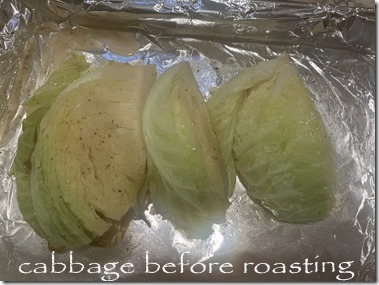 Both sides of each wedge get a sprinkling of salt and pepper, then place them on the foil-lined baking pan. Cover the pan with another sheet of foil. Into the oven they go for 15 minutes. Then the top foil is removed, turn the pan around and put it back in the oven for another 15 minutes. In that time the edges will have turned golden and a few of the outer leaves may have blackened (it’s okay – they even taste good).
Both sides of each wedge get a sprinkling of salt and pepper, then place them on the foil-lined baking pan. Cover the pan with another sheet of foil. Into the oven they go for 15 minutes. Then the top foil is removed, turn the pan around and put it back in the oven for another 15 minutes. In that time the edges will have turned golden and a few of the outer leaves may have blackened (it’s okay – they even taste good).
Meanwhile, you make the sauce: simple ingredients – unseasoned rice wine vinegar (if all you have is seasoned [sweetened] eliminate the honey), soy sauce, EVOO, honey, paprika, cayenne. I didn’t heat it as I was able to get the honey to dissolve with some vigorous stirring. Have at the ready a small amount of toasted sesame seeds, and a bit of chopped up cilantro leaves for garnish.
Once the cabbage comes out of the oven, it’s serving time. If you remember, trim off the cabbage core before plating. If you’re serving guests, have a heated platter (or pop one in that hot-hot oven for about 2-3 minutes before plating the cabbage on it). I used a spatula to pick up one wedge and onto my own dinner plate, then gently poured some of the sauce over the cut side. Those juices – some from the cabbage but also the sauce will pool a bit on the plate. Sprinkle the cut side with some toasted sesame seeds and cilantro. Done. For me, I used a half of the Savoy head, cut into 3 wedges. A whole head would serve 6 unless you have hungry football players at your table.
What’s GOOD: sublime. Absolutely unctuous, sweet (but not overly so), tasty cabbage. I had to restrain myself to not eat a second portion. I’d served it with a pork chop (another recipe coming up next) and was full – but I wanted more. I’m happy to have leftovers. Can’t wait!
What’s NOT: only that you want to start this about an hour ahead; maybe 45 minutes at a minimum. You could do all the prep ahead and the 30 minutes of roasting would be done at the last minute. This wasn’t quite as good warmed up as leftovers, so keep that in mind – only make as much as you need for one meal.
printer-friendly PDF and MasterCook file (click link to open recipe)
* Exported from MasterCook *
Roasted Savoy Cabbage with Cilantro and Sesame
Recipe By: Cooks Country, Aug/Sept 2019
Serving Size: 6
2 pound savoy cabbage — tough outer leaves removed, cut into 4 or 6 even wedges
4 tablespoons salted butter — (1/2 stick) cut into 4 pieces and softened
Kosher salt and ground black pepper
1/4 cup rice wine vinegar — (do not use seasoned style)
2 tablespoons soy sauce
1 tablespoon EVOO
2 teaspoons honey
2 teaspoons sweet paprika
1/2 teaspoon cayenne pepper
2 tablespoons sesame seeds — toasted
1 cup fresh cilantro — lightly packed, roughly chopped
NOTE: Do not use regular cabbage and do use softened butter. If you don’t have regular rice wine vinegar, you can use seasoned, but then eliminate the honey from the sauce. Depending on the size of the cabbage, you may get more servings from one cabbage.
1. Heat oven to 475°F with rack in middle position. Line rimmed baking sheet with foil. Using hands and 1 T butter per cabbage wedge, rub butter on all sides and into layers. Sprinkle each with 1/4 tsp salt and black pepper. Place wedges cut side down on baking sheet. Cover tightly with foil and roast until a skewer inserted at the thickest part of the cabbage meets a little resistance, about 15 min.
2. Uncover sheet pan and roast until deeply browned on all sides, another 15 min, flipping wedges halway through.
3. In small bowl whisk vinegar, soy, oil, honey, paprika, cayenne, 1 tsp salt and 1/2 tsp pepper. Set aside.
4. Transfer cabbage to cutting board, trim off and discard core from each wedge. Place cabbage on heated platter and drizzle each wedge with 1 T of sauce. Sprinkle with sesame seeds and cilantro. Serve with remaining sauce on the side.
Per Serving: 161 Calories; 12g Fat (60.7% calories from fat); 4g Protein; 13g Carbohydrate; 5g Dietary Fiber; 20mg Cholesterol; 397mg Sodium; 6g Total Sugars; 0mcg Vitamin D; 91mg Calcium; 1mg Iron; 427mg Potassium; 99mg Phosphorus.





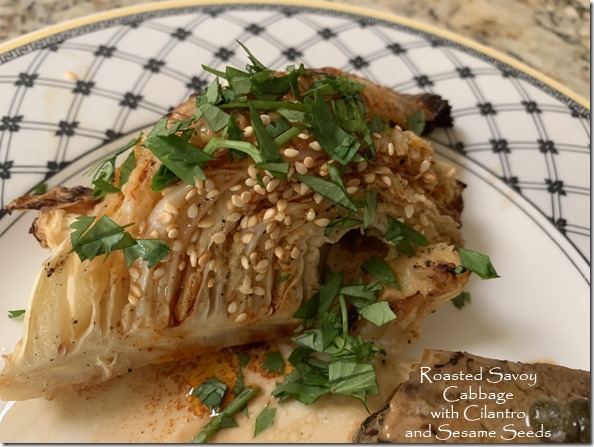

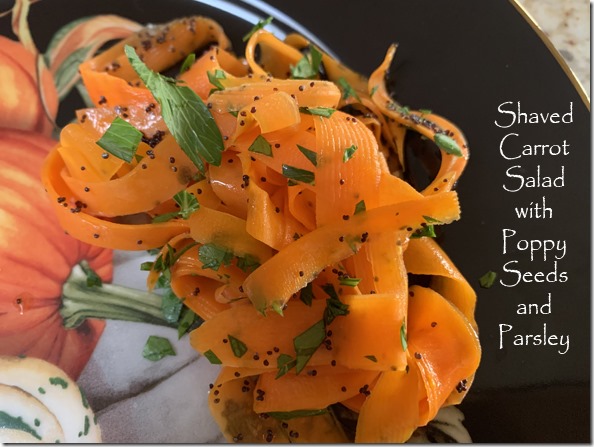
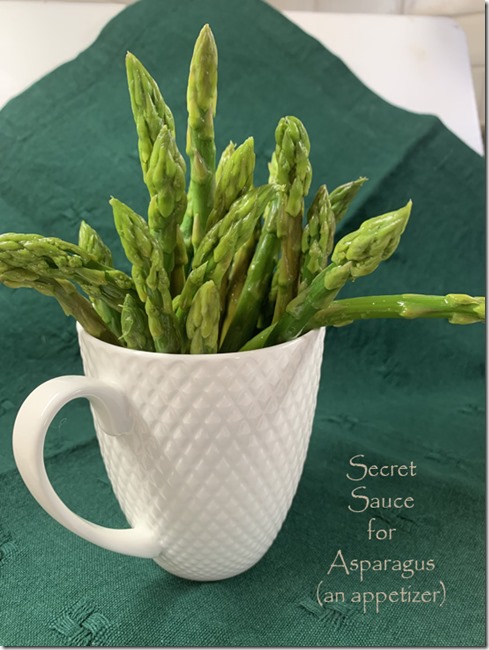
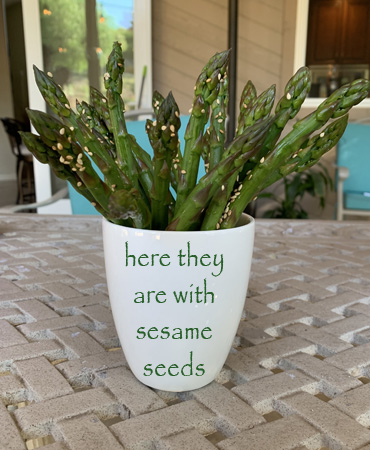
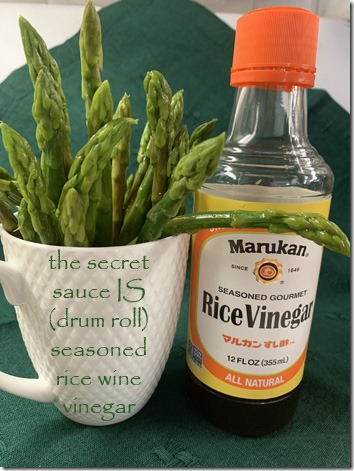
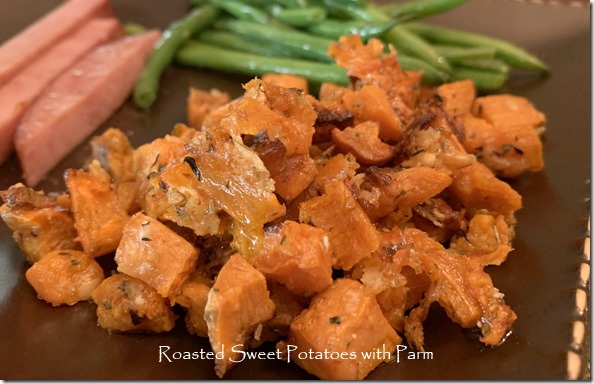
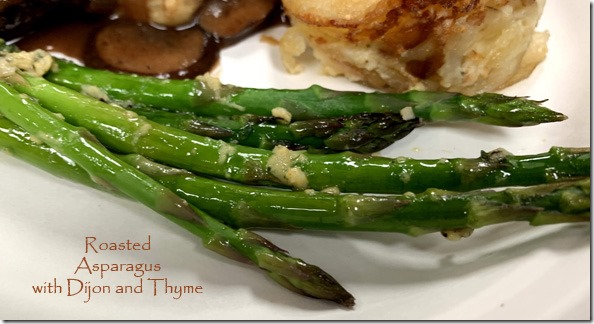
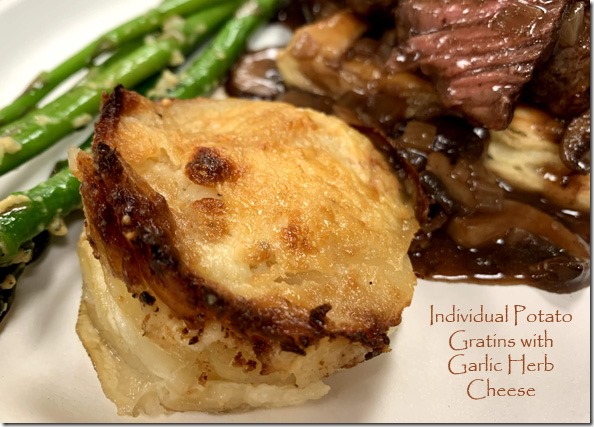
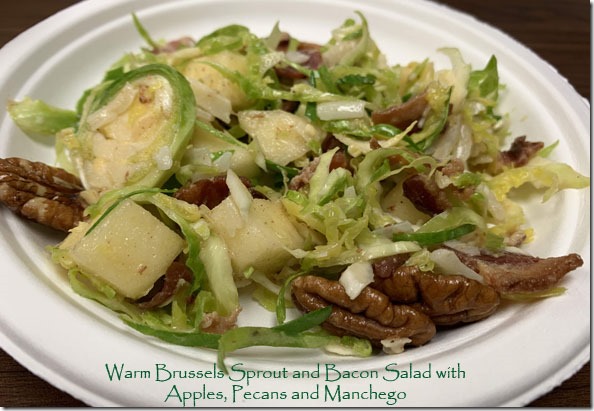
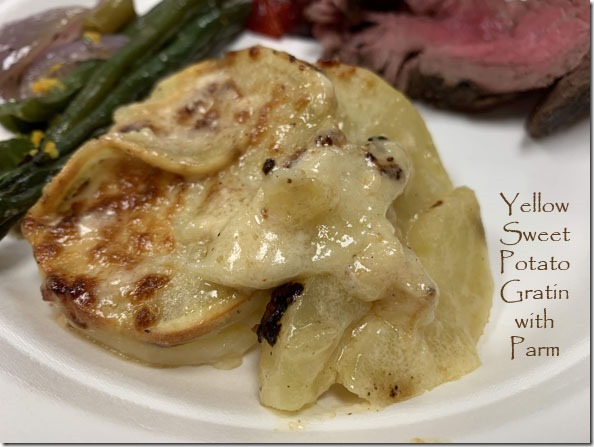
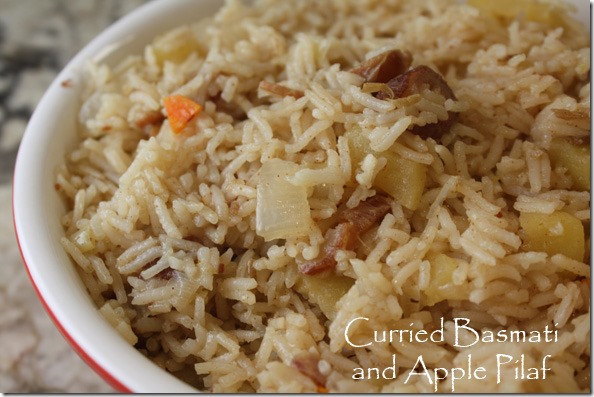
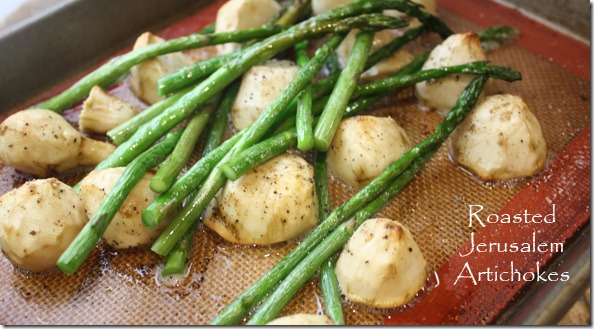
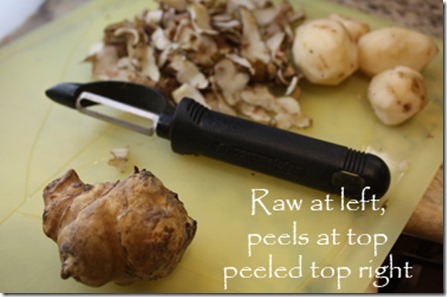
Leave a Comment!